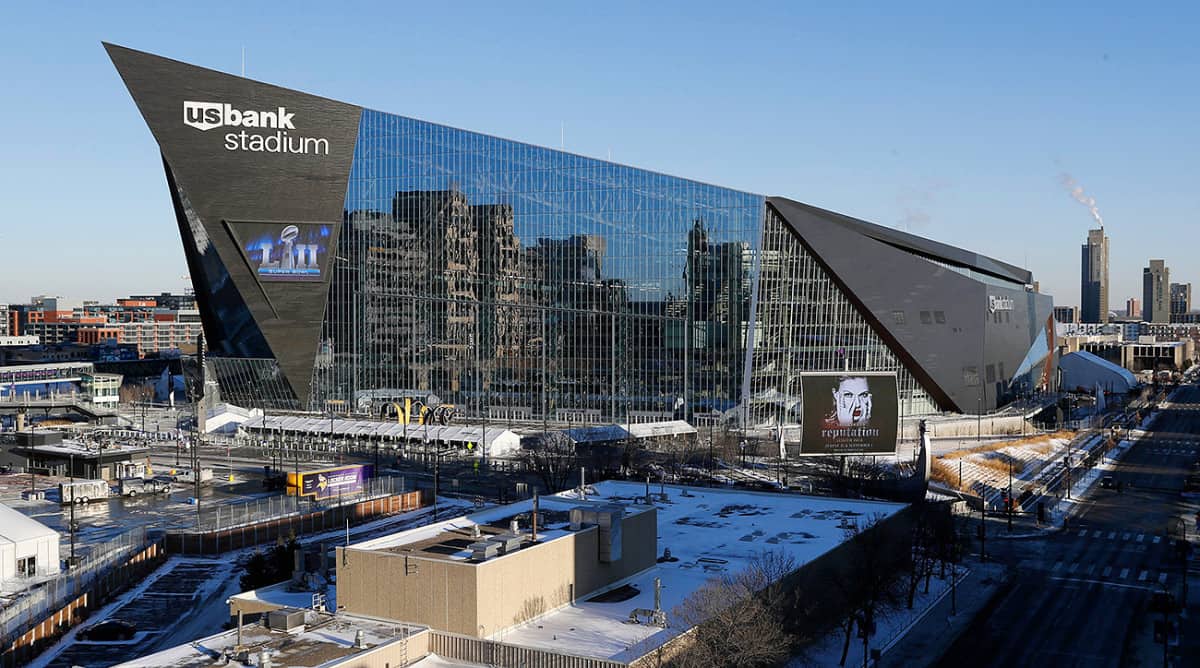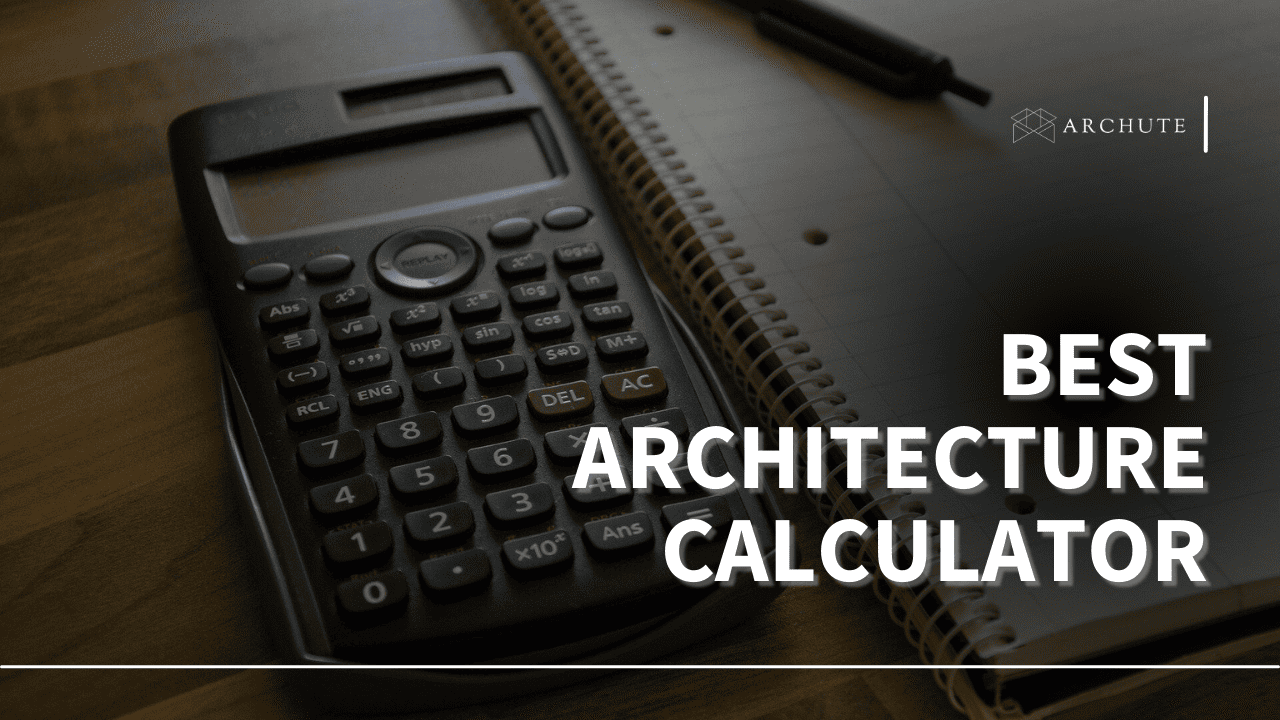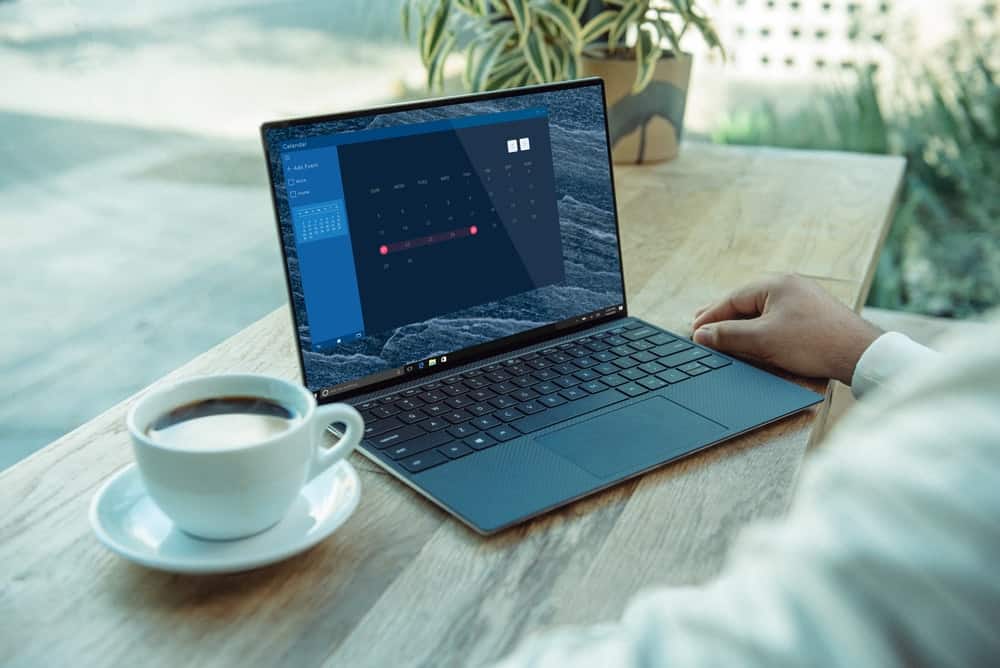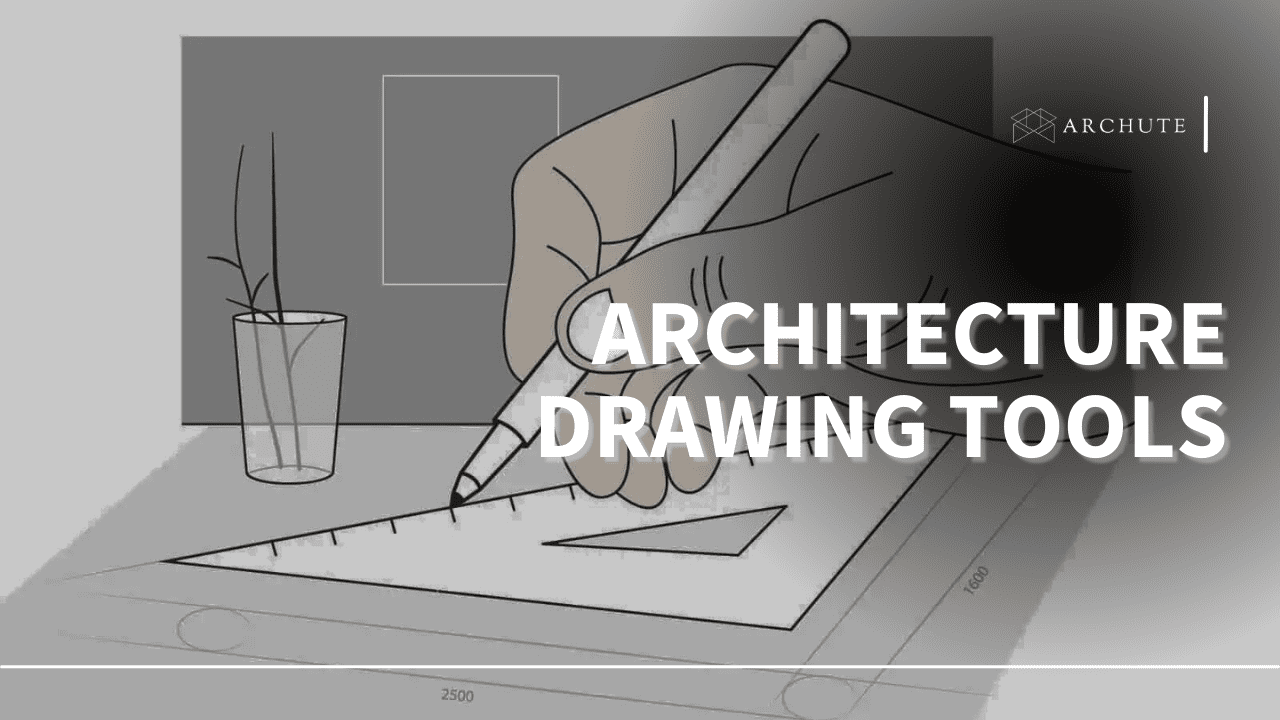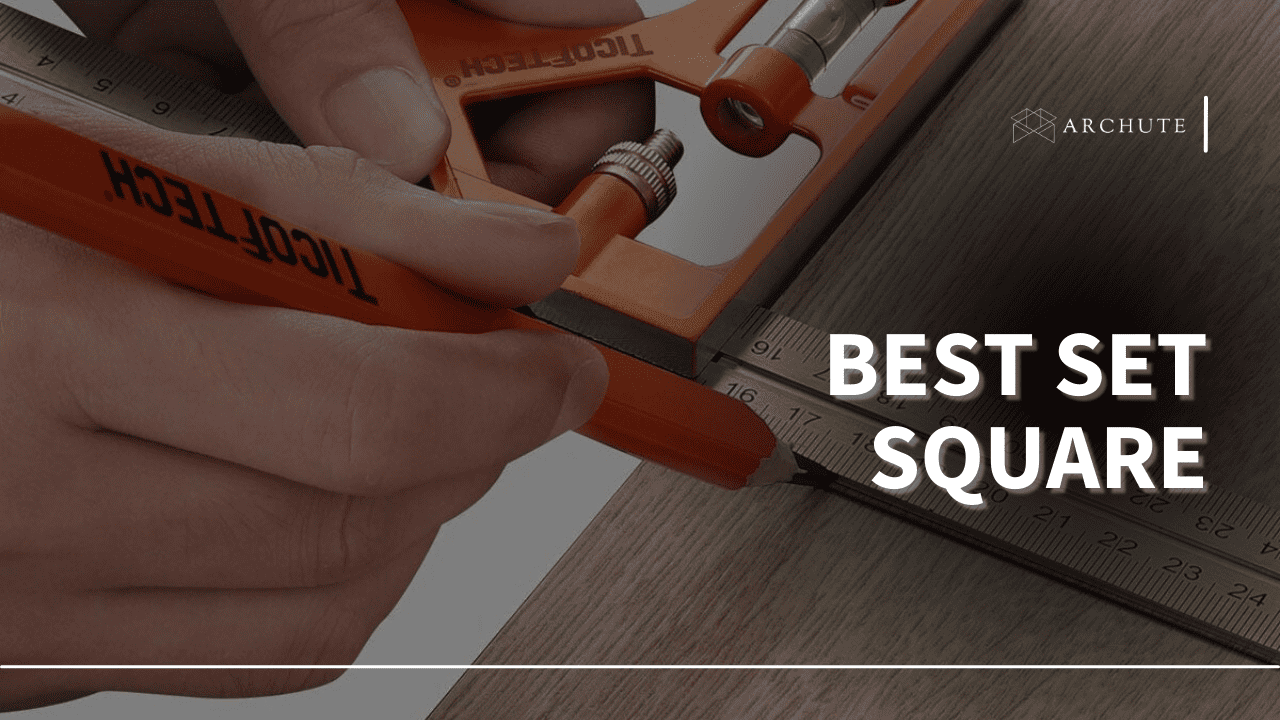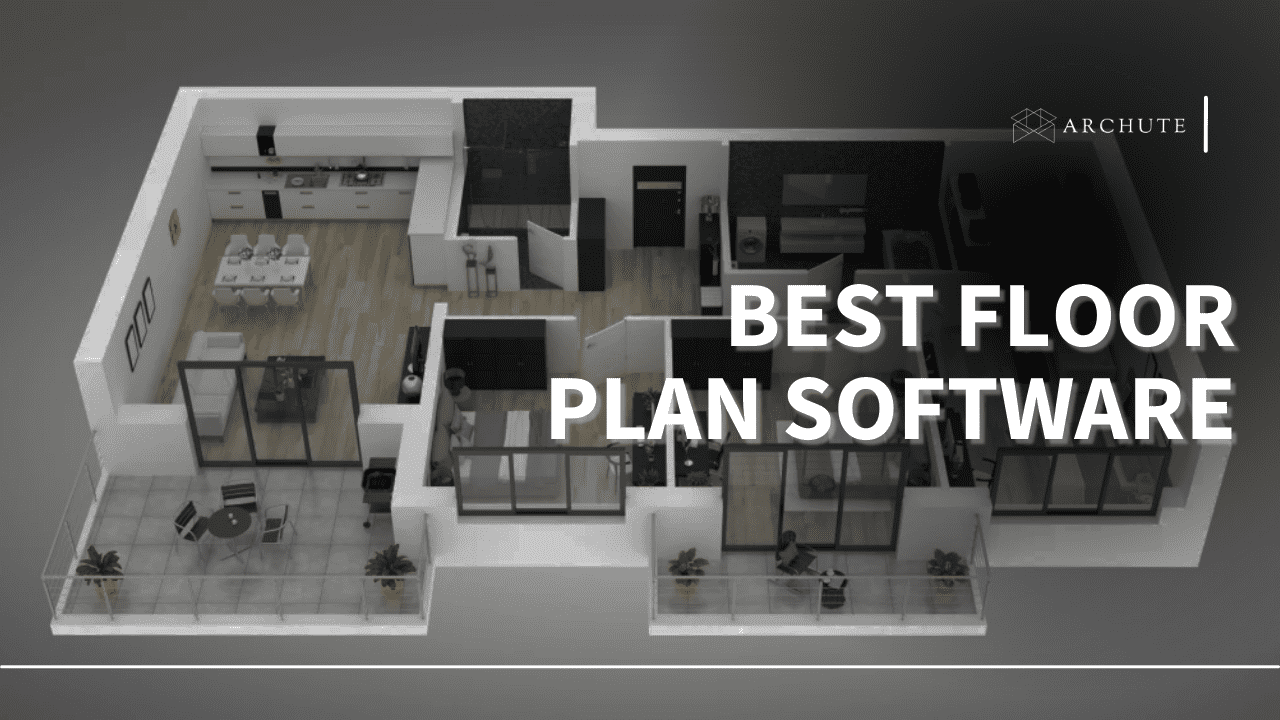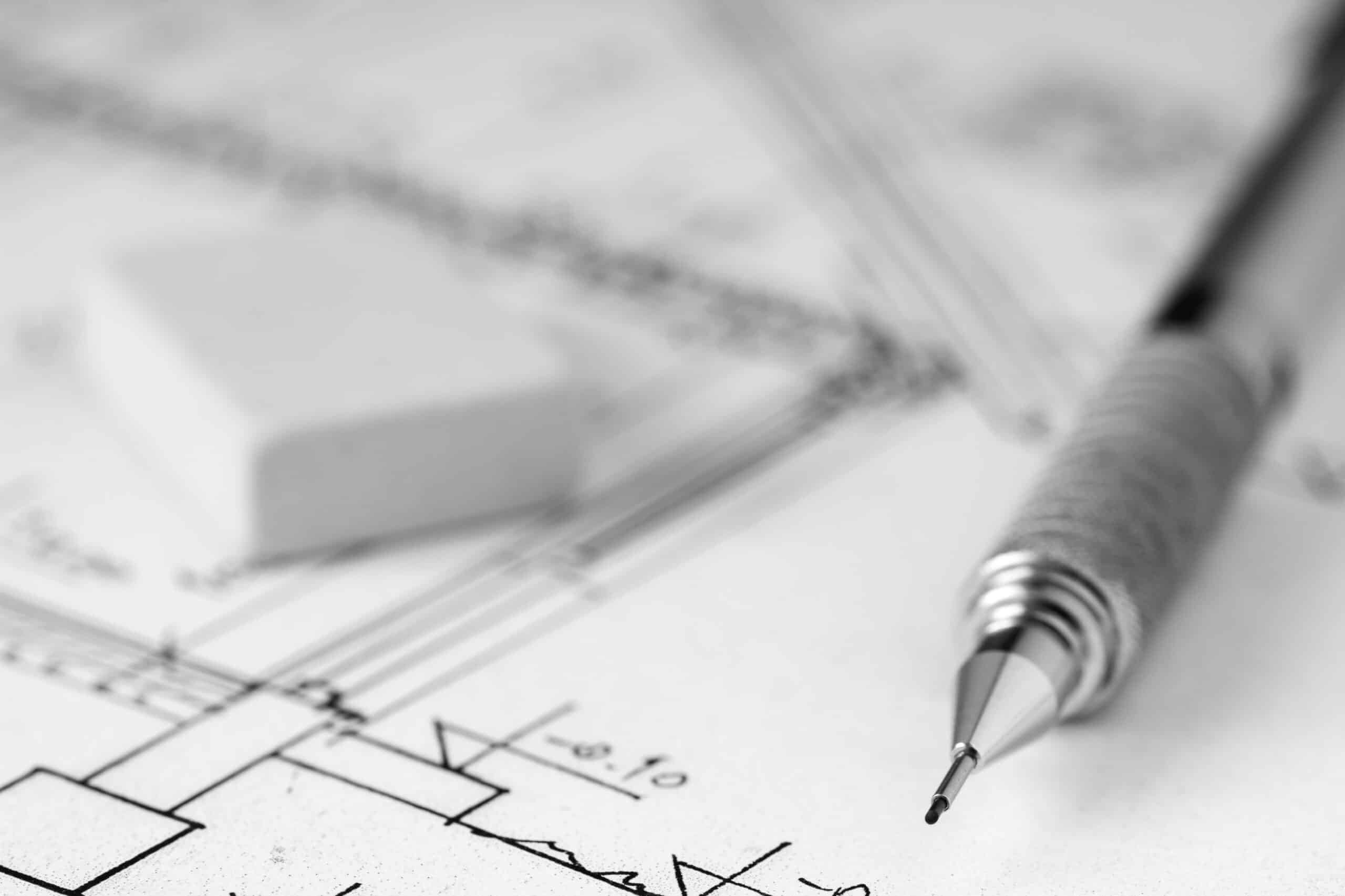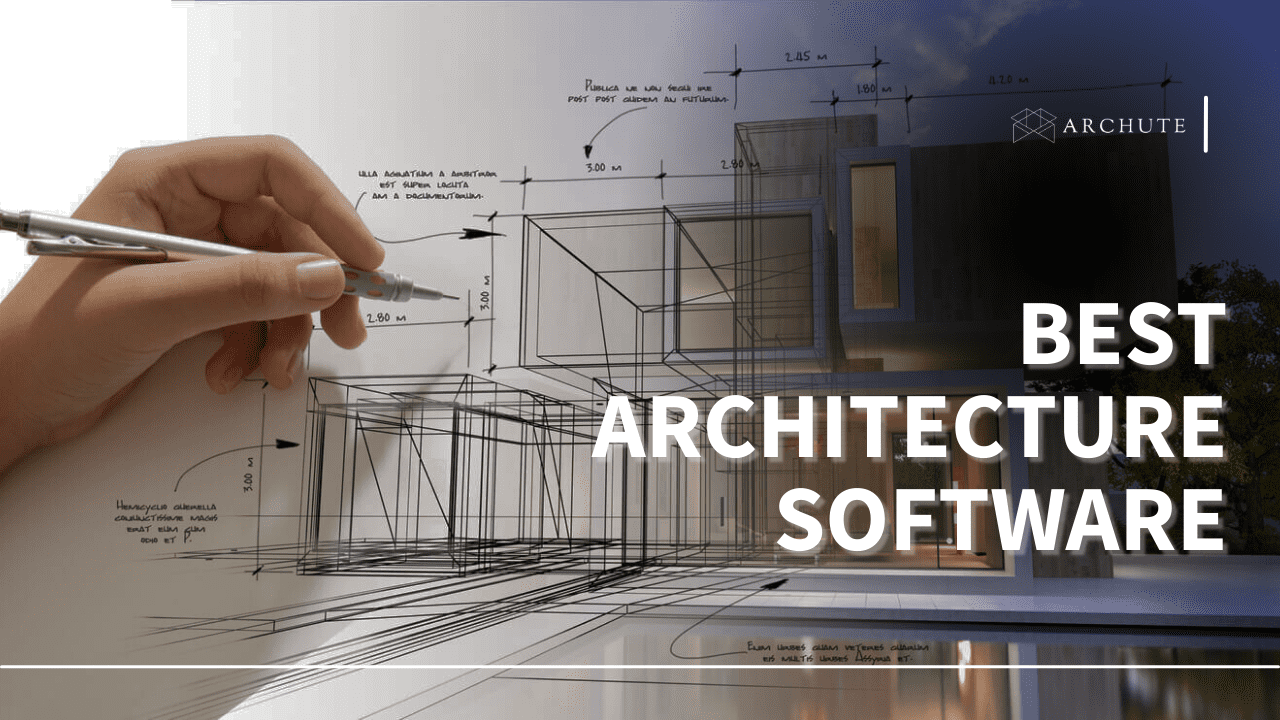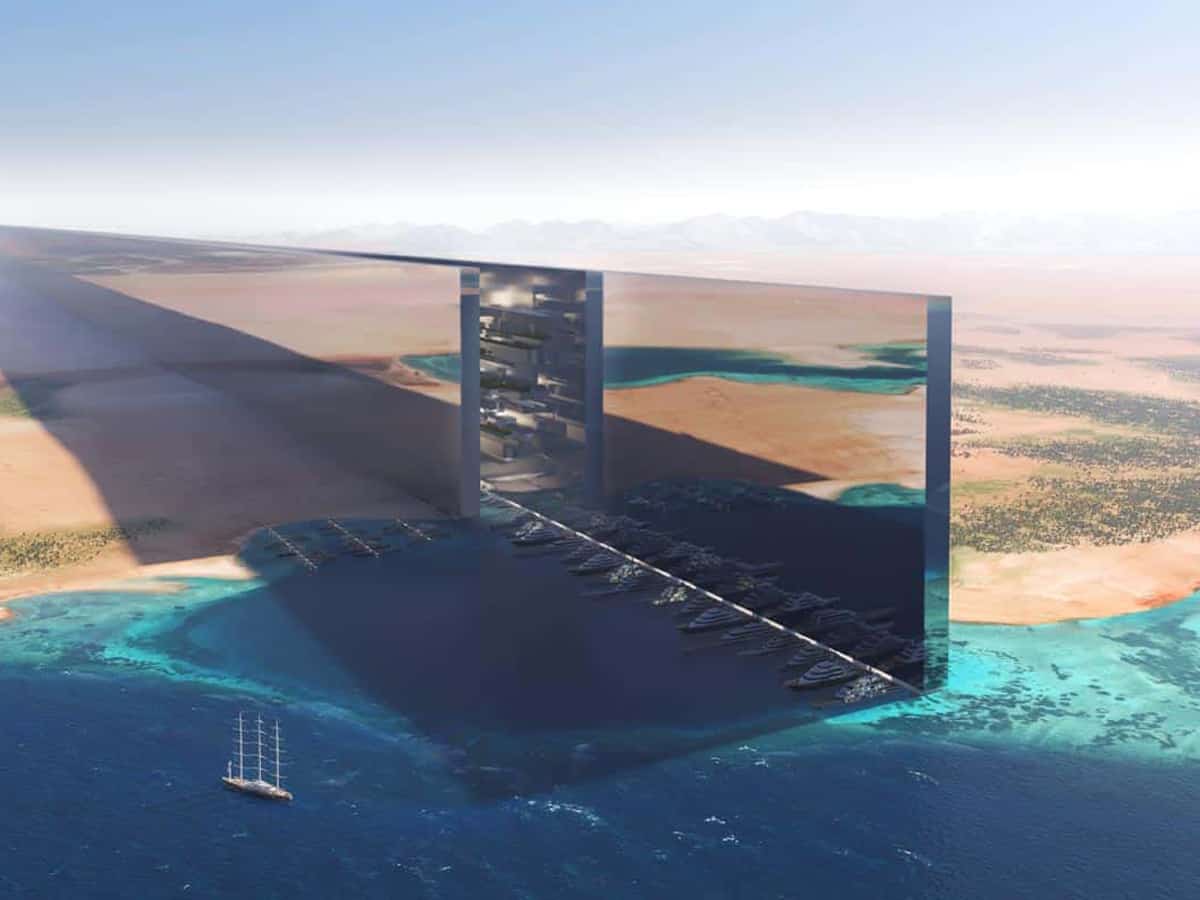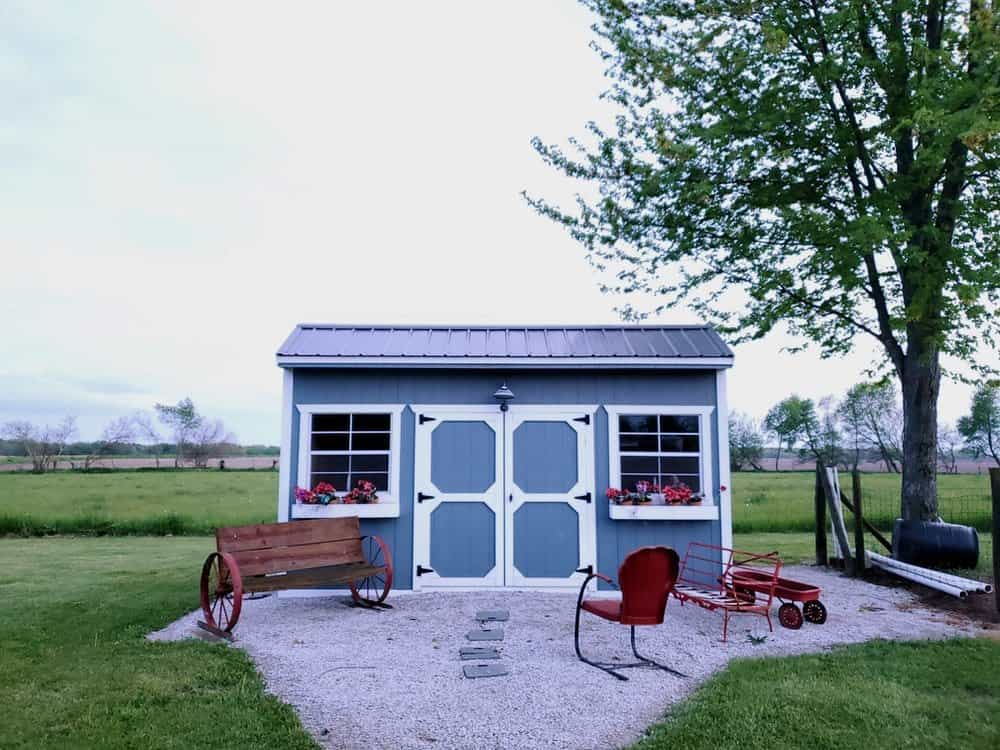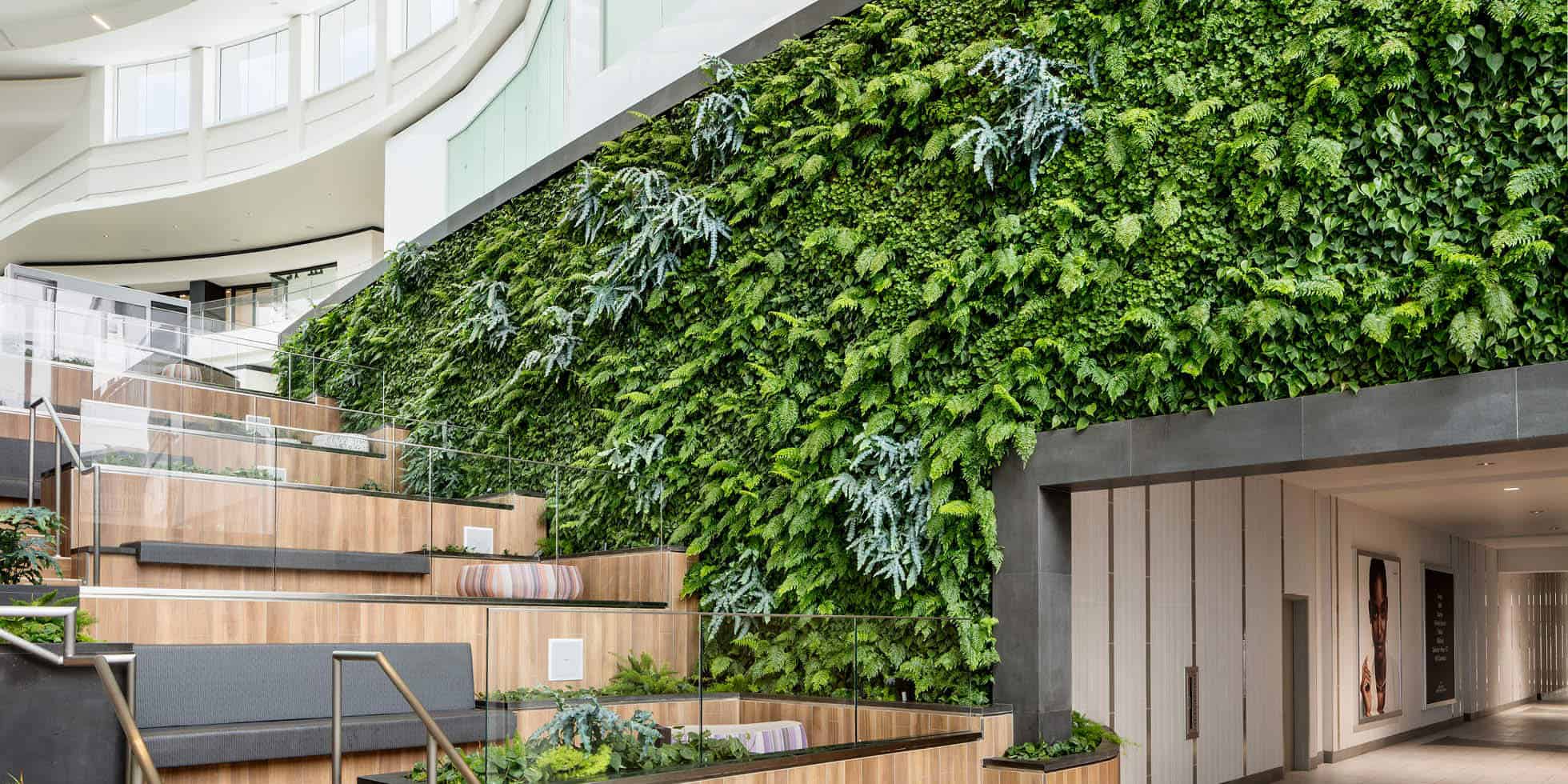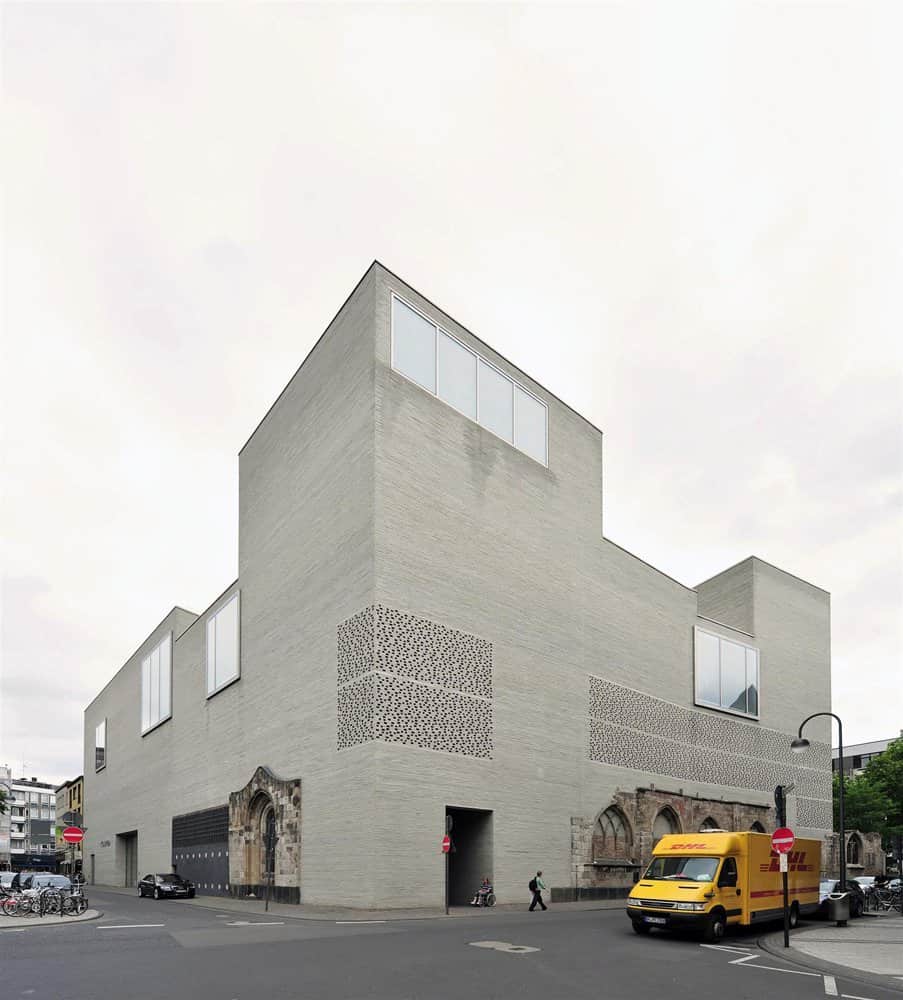The focus of the NFL and global sports enthusiasts will be centered on the U.S. Bank Stadium in Minneapolis on Sunday, February 4th, 2018. As the current home of the Minnesota Vikings, this multi-billion dollar facility initially opened to much excitement in 2016.
The Vikings’ previous home was the Hubert H. Humphrey Metrodome, which hosted the team from 1982 until 2013 when it was closed and demolished to make way for the newer, updated stadium.
The current stadium is unique not just thanks to its innovative design, but also because it is a top-level multi-purpose sports arena. As well as being the permanent home of the Minnesota Vikings NFL team, it also hosts various soccer and baseball events. In addition, the stadium has already played host to a series of world-famous music acts since it was opened, with many more booked to play over the coming months.
However, while the action down on the field might well be the draw for many fans and attendees, the design and architecture of the structure itself is just as interesting.
Stand-Out Design Features
Designed by HKS Inc., the 38-acre site boasts 66,200 seats, 131 private suites, a Hall of Fame Museum and top-quality facilities for teams, coaches and fans alike. The building was designed to reflect Minneapolis, drawing exquisite design inspiration from the city’s individual culture. Coupled with unique Scandinavian influences (paying homage to the Vikings franchise), it’s no surprise that the completed U.S. Bank Stadium won the project international recognition with the Venue Project of the Year award in June 2017.
However, it’s not just history that drives the individual look of this Stadium. Filled with innovative examples of design, it’s clear to see that every aspect of the project was carefully planned out to enable the outstanding end result we can see today. One particularly notable example is The Legacy Gate, a signature feature compromised of five of the biggest glass doors in the world. Impressive and awe-inspiring, this is a real statement feature.
Another feature worth a mention is the stadium’s roof. The inflatable roof of the old Hubert H. Humphrey Metrodome earned much criticism thanks to its susceptibility to bad weather, poor acoustics and high noise levels. On the other hand, the roof of the new U.S. Bank Stadium couldn’t be more different. As this is an indoor stadium, the roof is made of an innovative translucent material named ETFE. The roof lets in plenty of natural light while keeping the fans, players and field safe from the city’s worst weather – the perfect compromise.
Down on the Field
While all this is well and good, for the players, the field is one of the most important elements of the stadium. The field is comprised of top-quality artificial turf, carefully maintained and lovingly looked after by a dedicated team of employees. Fun fact – the entire field contains more than 135 million individual blades of synthetic grass.
Of course, it’s not just world-class sports teams that often prefer to play on fake grass as opposed to real grass. Nowadays, synthetic turf is becoming more and more popular for home and business use alike. Organisations like the Artificial Lawn Company are able to supply top-quality artificial grass at affordable prices, allowing you to have your very own piece of Super Bowl-standard turf in your backyard.
With just one more week to go, there’s not long left to wait until the lights go down and all eyes descend upon Minnesota’s shiny new stadium to watch the New England Patriots and the Philadelphia Eagles battle it out for a place in Super Bowl history. Of course, it’s impossible to say who will be victorious, but as the game gets underway, don’t forget to spare a thought for the incredible feat of architecture and engineering that is the U.S. Bank Stadium – the home of Super Bowl LII.
McLane Stadium stadium is also another stadium that truly stands out, don't forget to check it out.
The guest author of this post, Sian Saxton, works at Concrete Renovations, a company that specialises in the maintenance of listed buildings in the United Kingdom, possessing a passion for ensuring that heritage sites retain their former glory.

